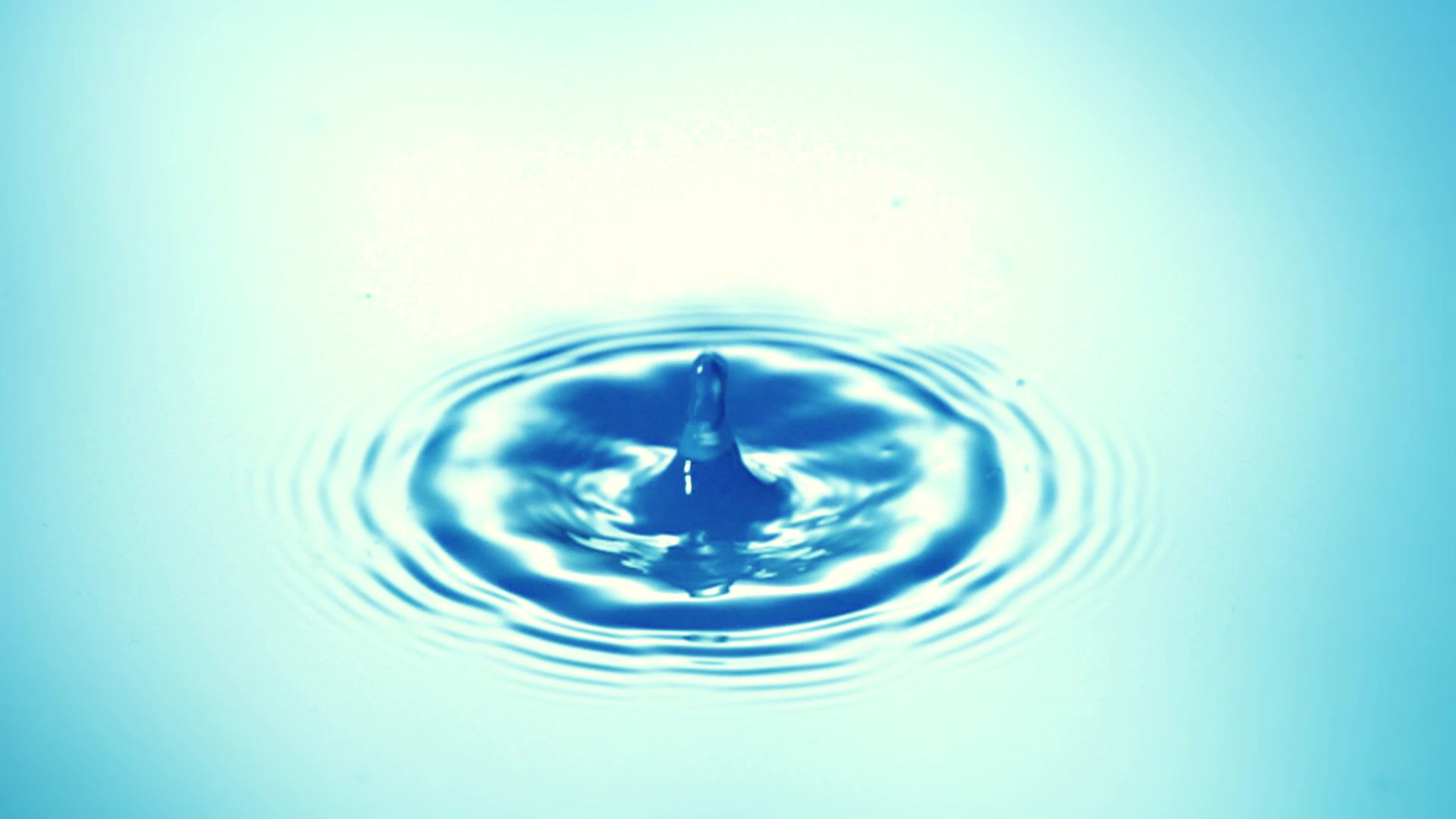Focus Areas: Microfluidics; Droplet impact; Flow visualization technique; Rheology of biological suspension; Coffee ring effect; Self-assembly of Nanoparticles; Interfacial Phenomenon; Inkjet printing; Flexible electrodes.
1. Dynamics of Particles in Evaporating Sessile Droplet
The objective is to understand the fluid flow pattern, interfacial phenomenon, and the role of the stick-slip condition of the contact line on particle deposition of an evaporating sessile droplet through experimental measurement. The presented characterization results provide not only valuable mechanistic insights but also practical guidelines for inkjet printing-based particle applications.
2. Development of low-cost printing technique
Droplet splashing is a phenomenon that occurs when a liquid droplet impacts a solid surface and spreads or fragments into smaller droplets. This process has significant implications for heat transfer in various industries and applications. Spray cooling, a technique that utilizes droplet splashing, is widely employed in industries such as nuclear power and electronics to efficiently dissipate heat from critical components. Understanding the dynamics and factors influencing droplet splashing is essential for optimizing heat transfer processes and designing efficient cooling systems.
3. Droplet impact
Droplet splashing is a phenomenon that occurs when a liquid droplet impacts a solid surface and spreads or fragments into smaller droplets. This process has significant implications for heat transfer in various industries and applications. Spray cooling, a technique that utilizes droplet splashing, is widely employed in industries such as nuclear power and electronics to efficiently dissipate heat from critical components. Understanding the dynamics and factors influencing droplet splashing is essential for optimizing heat transfer processes and designing efficient cooling systems.
4. Color from structures
The proposed research is to understand the basic underlying mechanism of color exhibits from nanostructure of the self-assembly of nanoparticles.
5. Flow visualisation technique
Flow visualization technique so called PIV is a powerful measurement technique that enables the determination of planar velocity fields. PIV can be used for qualitative flow visualization as well as for quantitative analysis of the velocity field. This technique is based on the visualization of small tracer particles that in most cases need to be added to the flow. Recently, we developed the 2D PIV model to explore the internal flow motion structure and particle transport of the evaporating droplet on the substrate. The results were quantitatively good agreement with the 3D evaporating droplet. However, it is true that 2D model is not completely analogous with the 3D when the process is carried out in chaotic condition at a very high temperature. And in many situations with 3D droplet the internal circulations have 3D characteristics, and one would require capturing full 3D features. If one is interested in issues related to the flow instabilities under different conditions of evaporation, then it would require fully three-dimensional flow mapping and the present technique of 2D drop may not be useful. Quantitative visualization of internal fluid flow of the 3D PIV experiments on evaporating drop will provide the clear concepts regarding the fluid convection and particle transportation during the process. Other research work such as inertia microfluidics, multiphase flow, dynamics of droplet impact, heat and mass transfer, Rheology of biological suspension, etc






